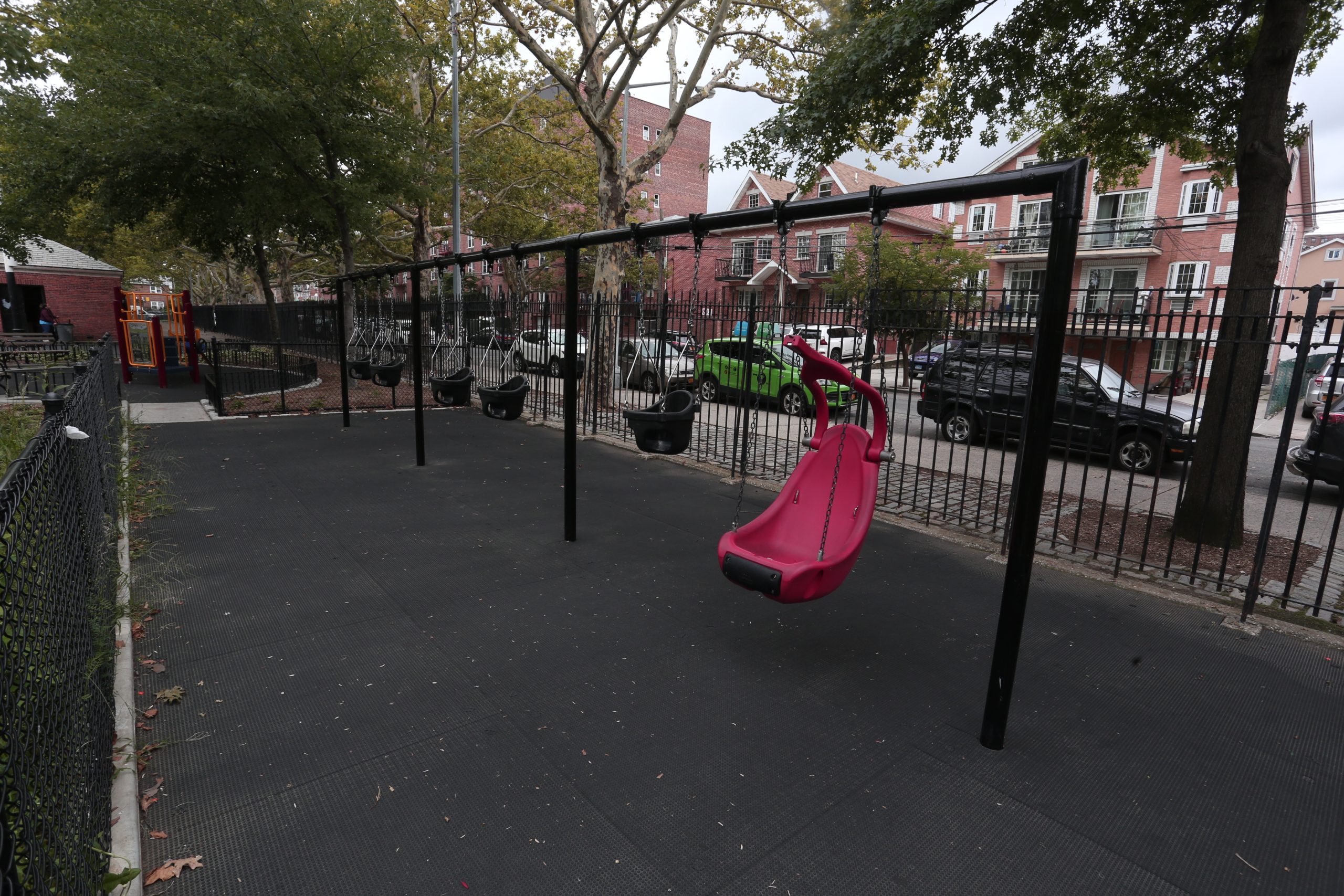In Housing Court, the landlord can only sue for the monthly rent and that rent must be properly itemized or the case can be dismissed.
June 8, 2025
For the next few months in 2025, I am going to spend some time in these pages cross-promoting my very popular podcast, the Tenant Law Podcast – listen on Apple, Spotify, YouTube, or wherever there are awesome podcasts. This blog post expands on Tenant Law Podcast Episode 21.
Today’s case is AK Houses TP4 LLC v. Thurman, 2023 WL 3311755 [New York City Civil Court, New York County 2023], a fairly recent New York City Civil Court, New York County case.
First let’s set the stage with some context.
A landlord in New York cannot bring a nonpayment summary proceeding (in other words, an eviction case in Housing Court) against a tenant unless it first serves, with a process server, a statutory Rent Demand pursuant to Real Property Actions and Proceedings Law (“RPAPL”) § 711(2).
A Rent Demand must afford a tenant notice of the particular period for which rent is due and the approximate good faith amount claimed for that period. Almark Holdings Co., LLC v. Pizza, 147 NY LLC, 77 Misc.3d 130(A) [App Term 1st Dept 2022]. This contrasts with the often highly exaggerated damages asserted in a typical civil action. It is a best practice for the arrears in the Rent Demand to be itemized. 59 Maiden Lane Associates, LLC v. Maiden Farm, Inc., 64 Misc.3d 995 [New York City Civil Court, New York County 2019]. If the rent is not itemized, how can the tenant get ready for court? How can the tenant prepare a defense?
Furthermore, in a residential nonpayment proceeding, only rent may be sued for, not additional rent or late fees. RPAPL § 702 states:
“In a proceeding relating to a residential dwelling or housing accommodation, the term “rent” shall mean the monthly or weekly amount charged in consideration for the use and occupation of a dwelling pursuant to a written or oral rental agreement. No fees, charges or penalties other than rent may be sought in a summary proceeding pursuant to this article, notwithstanding any language to the contrary in any lease or rental agreement.” [Emphasis supplied.]
In today’s case, the Rent Demand indicated a lump sum was due, $3,199, and referred the tenant to an attached ledger. The problem was the ledger spanned a full year of charges and was confusing. Also, the ledger claimed that the landlord was charging the tenant an additional $50 per month in some kind of a payment plan.
The Court did not say that the payment plan was invalid, the problem was that the tenant’s failure to make the plan payments could not be included in a rent demand.
You might ask, well, aren’t the payments “rent”?; they might be. But the landlord was not listing it as and suing for it as monthly rent. Rather, the landlord was listing it as and suing for it as a payment plan pursuant to some out of court deal between the parties.
The court held that the Rent Demand was defective and dismissed the case. This court did one thing that I do not agree with. The court said it was dismissing the case because the defective Rent Demand was a jurisdictional defense and the court cited a very old case form the 1980’s. I agree that the Rent Demand was defective, but the legal reason was that it failed to comply with RPAPL 711(2), and that is a necessary element of a nonpayment case, therefore the legal problem for the landlord is better described as a failure to state a cause of action upon which relief can be based. But the result looks right to me. Which leads us to five important tenant takeaways.
If you get served with a statutory Rent Demand from your landlord, it should include more than just a lump sum, it should be itemized, it should tell you exactly what you owe for exactly what months.
If the ledger itemizing the total is messed up somehow – the landlord has a problem. How can a ledger be messed up? Oh, I have seen so many things, such as:
- The ledger is illegible, a bad copy. The ledger is upside down or copied in a way that it is cut off on the sides.
- The ledger contains a lot of extra information and is very complicated. If you need to hire an accountant to read the Rent Demand you got served with, well there is something wrong there.
- The ledger contains non-monthly rent items like late fees, legal fees, payment plans, charges for losing your key…these things do not belong in residential housing court cases.
- Compare the ledger with any rent bills you receive. Are they different? Then the rent demand is vulnerable.
- Finally, in the Rent Stabilization context, FOUR (4) things should match up: (1) the monthly rent as registered with DHCR; (2) the monthly rent called for in the lease; (3) rent bills; and (4) the monthly rent as itemized in the Rent Demand. East 163 Street LLC v. Hill, 2023 WL 6883717 [New York City Civil Court, Bronx County 2023].
If something is amiss with the Rent Demand in this way, it does not mean that you do not owe the rent. It might mean that you can get the case against you dismissed and thereby pump the breaks on the landlord’s eviction efforts. Or, better yet, use the energy of the landlord’s mistake to settle the case in a way that is mutually beneficial.
Respectfully submitted,





